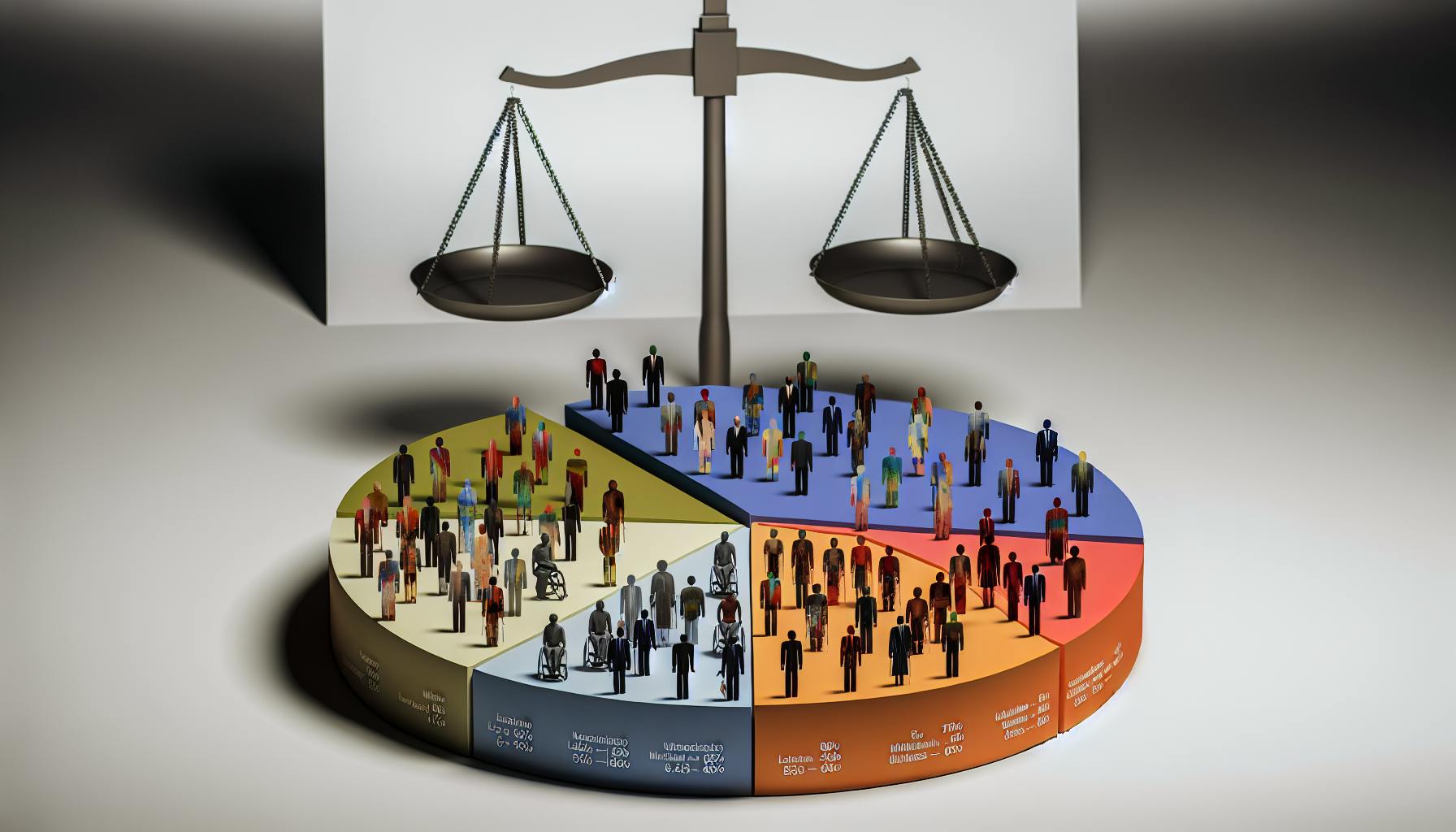HR often overlooks the true drivers of change—Influentials, the 10% of employees who shape how the other 90% respond. This article shows how HR can identify and leverage them to unlock faster, smoother change.
“The reality is that in terms of change, not all employees are equal.” That line says it all—but it’s what you do with that insight that makes or breaks your change management strategy. And HR? You’re holding the keys to the single most underused asset during change: the people everyone listens to.
We all know these folks. They’re not in the C-suite or on the posters in the break room. They’re the ones our colleagues chat with when the rumor mill churns or when a new initiative drops. They’re trusted voices—neighbors, soccer coaches, community organizers, team lunch organizers—and they shape how others think, whether we realize it or not.
These people are "The Influentials," a group described by Ed Keller and Jon Berry as just 10% of the population, but they drive the conversations—and behaviors—of the other 90%. If you're in HR and managing any kind of change, you need them on your side. Here’s why—and how.
When HR taps into these under-the-radar power players, change doesn’t just get announced—it spreads, sticks, and succeeds.
Let’s break that down.
Why This Matters: The "So What?"
Change is hard. You’ve heard it. You’ve lived it. The data from McKinsey shows 70% of change initiatives fail, often due to lack of employee buy-in. But here’s the twist: it’s not because people hate change. It’s because they don’t trust how or why it’s happening.
What’s worse? HR is often tasked with communication yet lacks credibility with skeptical employees.
Now imagine if HR didn’t have to do it alone.
Imagine if, instead, the right people—the ones who others naturally turn to—were helping spread the word. Helping normalize new processes. Explaining the why behind the what. Advocating for the company instead of standing quietly with the skeptics.
That’s the role of Influentials. And every organization has them.
Who Are the Influentials?
These aren’t your top performers or your high potentials on a spreadsheet. Influentials aren’t necessarily the most senior, the loudest, or the tech-savviest.
According to Keller and Berry, here’s what actually defines them:
· They’re plugged into multiple communities—on and off the clock.
· They volunteer, speak up, and get involved.
· They’re trusted for everything from where to eat to how to vote.
· People ask them things—and listen.
They are optimistic about change, care deeply about their communities, and believe individuals can make a difference. Sound like the perfect partner during an organizational transformation? That’s because they are.
The Water Cooler Effect: It’s Real, and HR Can Use It
No matter how polished your HR change campaign is, most employees will still process it like this:
"What did Mike think of that?"
Or: "Did Riya seem cool with it?"
They don’t need a press release. They need a real person to trust.
That’s where the water cooler (or today, Slack chats and team huddles) becomes the true stage for change. Influentials are leading these conversations—HR just isn’t in them. But you can be.
Here’s how.
Three Concrete Ways HR Can Leverage Influentials During Change
1. Use Them as a Pilot Network, Not Just a Focus Group
Before you roll out a change org-wide, give your Influentials early access. They’ll ask the right questions, surface cultural landmines, and—if the rollout is solid—be your most credible champions.
Example: At a Fortune 500 financial services company undergoing a tech stack overhaul, HR quietly brought in 20 known Influentials from across departments three months early. They didn’t just test the new system—they helped HR reframe the messaging, catching jargon and resistance triggers. When the system launched, these same employees were vocal supporters, speeding adoption by over 40%.
Tip for HR: Don’t just inform—ask for feedback. You’re not giving a heads-up. You’re giving influence.
2. Empower Influentials to Lead Peer Sessions
Formal town halls can fall flat. But small, peer-led sessions led by trusted voices? That’s where opinions shift.
Example: Deloitte highlighted how a consumer goods company improved manager participation in a new performance management system by deploying respected mid-level leaders to run informal lunch-and-learns. They weren’t HR reps—they were Influentials. Participation jumped from 38% to 89% in six weeks.
Tip for HR: Offer talking points, but don’t script. Let your Influentials personalize the message.
3. Turn Skeptics into Advocates with Real Conversations
Sometimes, your most influential people are also your biggest skeptics—and that’s okay. Bring them into the fold early. Not to “convince” them, but to listen.
Example: During a merger at a logistics company, HR identified a vocal skeptic who was also an informal team leader. Instead of sidelining her, they invited her into strategy sessions. Her input shaped transition plans—and she ended up leading a peer onboarding group for the newly merged team.
Tip for HR: Critics are often truth-tellers. Bring them in, not around.
Influentials Multiply Results
Think about it this way: when HR communicates, people hear a policy. When an Influential communicates, people hear a possibility. It feels like advice from a friend, not a memo from corporate.
This "spiral of influence" accelerates change by creating credible, local momentum. Influentials not only spread ideas—they shape them, adding context and trust that HR can’t replicate through formal channels.
What HR Can Do Next
You don’t need a fancy tool to find Influentials. You already know who they are. So do your managers. They’re the ones people check with after meetings. The ones others shadow even unofficially. Ask your frontline leaders, “Who do people listen to?” You’ll find them quickly.
Then:
· Build informal councils.
· Include them in comms strategy.
· Give them tools and trust—but not scripts.
This isn’t about manipulating networks—it’s about empowering the right ones.
Summary
Change is personal. It’s social. It’s slow until it’s not—and the difference lies in who’s talking about it behind the scenes. HR has an untapped force of cultural navigators and informal leaders: the Influentials.
When you treat them not as passive recipients, but as active partners, you move from pushing change to spreading it.
What would happen if your next big change wasn’t just announced—but championed by the people everyone already trusts?


